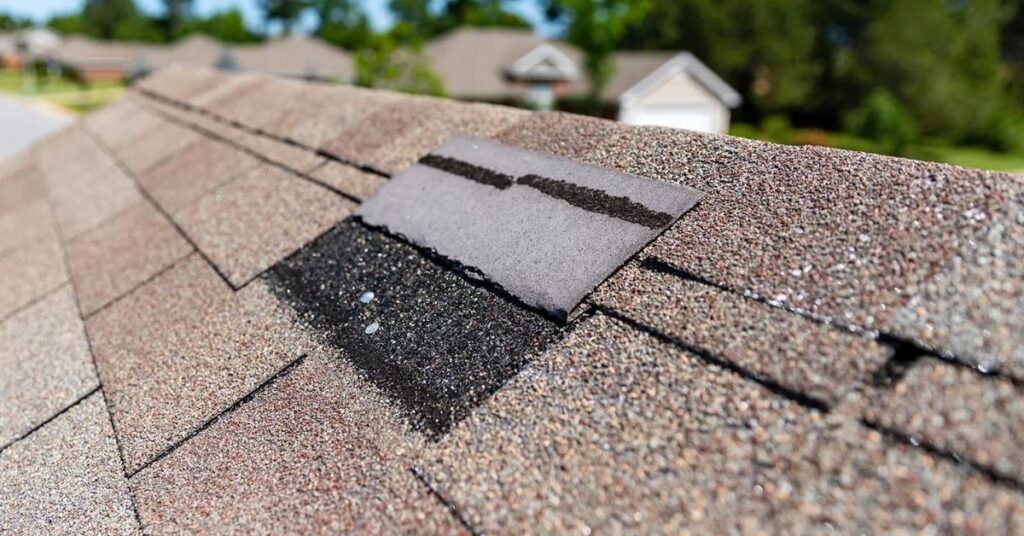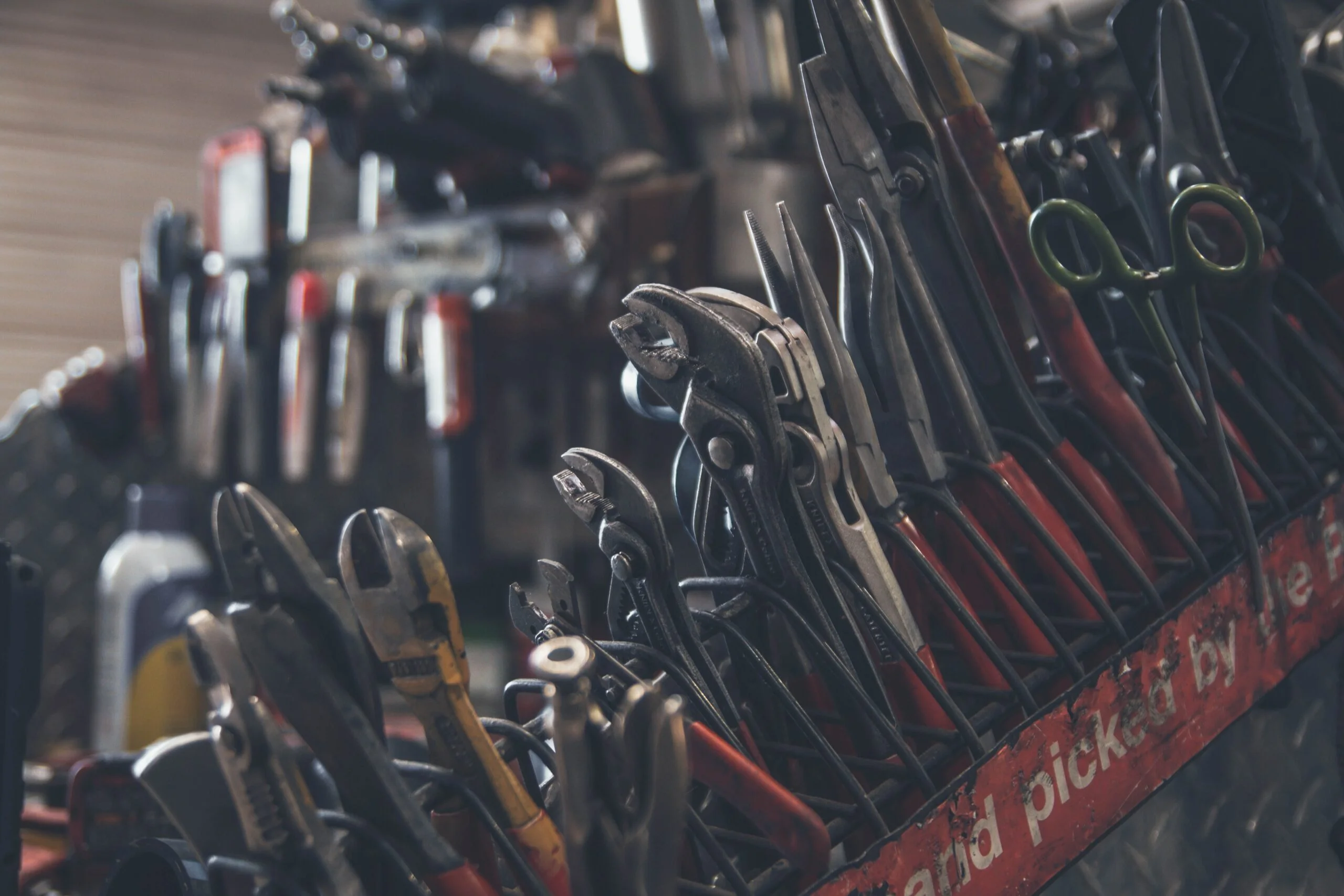Your home’s roof is one of its most critical components, offering protection from the elements and ensuring the structural integrity of your house. Over time, however, shingle roofs wear out and need replacement. But how do you know when it’s time to replace your shingle roof? In this comprehensive guide, we will explore when to replace shingle roof, the average lifespan of shingle roofs, and why timely replacement is crucial. Let’s get started.
The Lifespan of Shingle Roofs
Shingle roofs are popular due to their affordability, durability, and ease of installation. However, like all roofing materials, they have a finite lifespan. Typically, asphalt shingles—the most common type—last between 20 to 30 years. Factors such as climate, roof maintenance, and the quality of the installation can significantly affect this duration.
When to Replace a Shingle Roof
Replacing a shingle roof is a significant home maintenance task that shouldn’t be delayed. Knowing when to replace your shingle roof can prevent costly damage and ensure your home remains safe and secure. Here are the key indicators that it’s time to replace your shingle roof:
1. Age of the Roof
The age of your roof is one of the primary factors in determining when it needs replacement. Most asphalt shingle roofs last between 20 to 30 years. If your roof is approaching or has surpassed this age range, it’s wise to start planning for a replacement, even if it appears to be in good condition.
2. Curling or Buckling Shingles
Shingles that are curling or buckling are a clear sign of weathering and potential water damage. Curling shingles can no longer effectively protect your home from the elements and should be replaced as soon as possible.
3. Missing or Broken Shingles
Finding shingles in your yard after a storm or noticing gaps on your roof is a serious concern. Missing or broken shingles compromise your roof’s integrity and increase the risk of leaks and water damage.
4. Granules in the Gutters
Asphalt shingles shed granules as they age. If you find an excessive amount of granules in your gutters, it’s an indication that your shingles are deteriorating and losing their protective coating. This is a clear sign that roof replacement is necessary.
5. Roof Leaks
Water stains on your ceiling or walls are indicative of roof leaks. Persistent leaks can lead to mold growth and structural damage. Regularly inspect your attic for signs of moisture, especially after heavy rain, and address leaks immediately.
6. Sagging Roof
A sagging roof is a severe issue that signals structural problems, often caused by prolonged water damage or a weakened foundation. If you notice any sagging, contact a roofing professional immediately to assess the situation and recommend a replacement.
7. Moss or Algae Growth
While moss and algae may seem like minor cosmetic issues, they can trap moisture against the shingles and lead to significant damage over time. If your roof is heavily covered in moss or algae, it might be time to consider a replacement.
8. Daylight Through the Roof Boards
If you can see daylight filtering through the roof boards from your attic, it’s a clear sign that your shingles are failing and need replacement. This indicates that the roof is no longer providing adequate protection.
Why Timely Roof Replacement is Crucial
Delaying the replacement of your shingle roof can lead to several problems:
- Increased Repair Costs: Small issues can escalate into significant damage, requiring more extensive (and expensive) repairs.
- Energy Inefficiency: A compromised roof can lead to higher energy bills as your heating and cooling systems work harder to maintain a comfortable temperature.
- Health Hazards: Leaks can lead to mold growth, which can cause respiratory problems and other health issues.
- Decreased Property Value: An old or damaged roof can negatively affect your home’s value, making it less appealing to potential buyers.
Choosing the Right Roofing Contractor
Selecting a reputable roofing contractor is crucial for ensuring a high-quality roof replacement. Here are some tips to help you choose the right professional:
Check Credentials and References
Ensure the contractor is licensed and insured. Ask for references from previous clients and read online reviews to gauge their reputation.
Get Multiple Quotes
Obtain quotes from several contractors to compare prices and services. Be wary of quotes that seem too good to be true.
Review the Contract Thoroughly
Before signing, carefully review the contract to ensure it includes all agreed-upon terms, such as the scope of work, materials to be used, and project timeline.
Ask About Warranties
Inquire about the warranties offered on both the materials and the workmanship. A good warranty can provide peace of mind and protect your investment.
Read More: How Long Does A Copper Roof Last?
Final Thoughts
Knowing when to replace your shingle roof is essential for maintaining the safety, comfort, and value of your home. By keeping an eye out for the key signs of roof deterioration and acting promptly, you can avoid costly repairs and ensure your home remains protected for years to come.
If you’re unsure about the condition of your roof, consider consulting a professional roofing contractor for an inspection. Remember, proactive maintenance and timely replacement are the keys to a long-lasting and effective roof.


